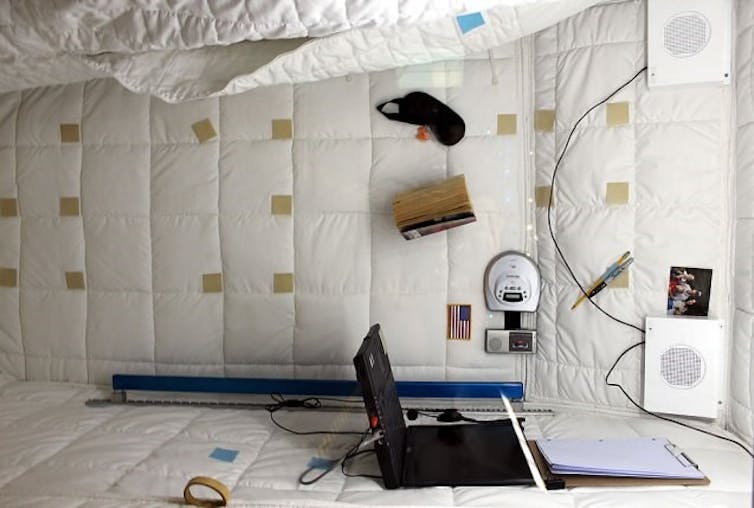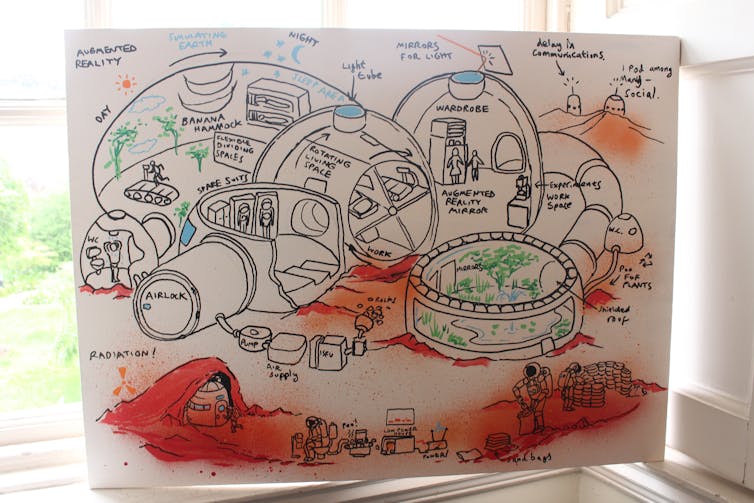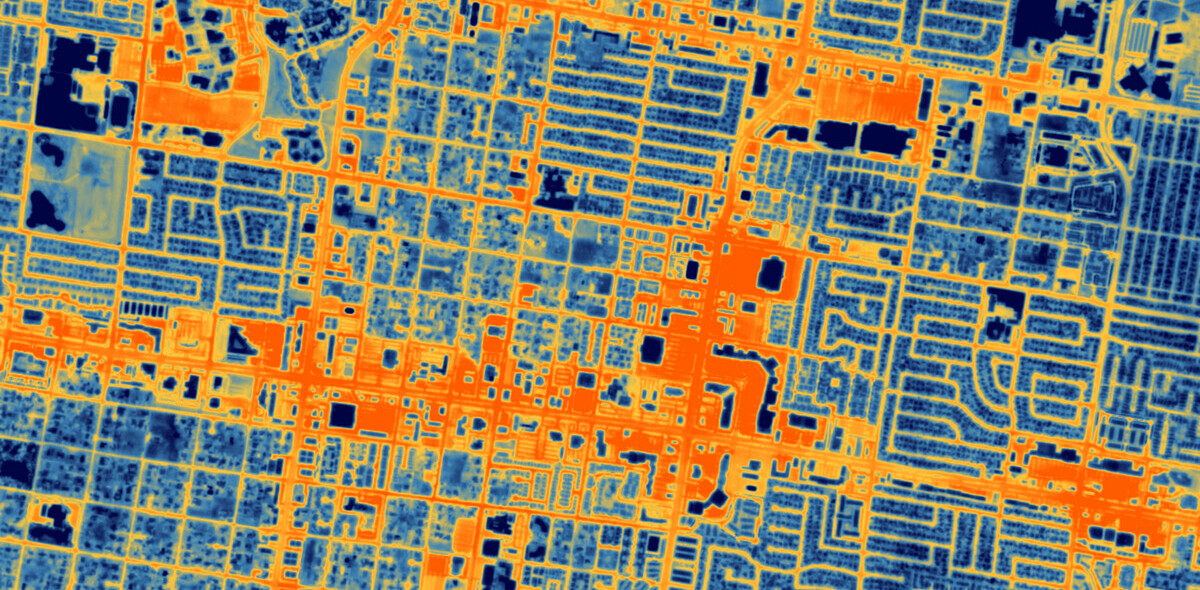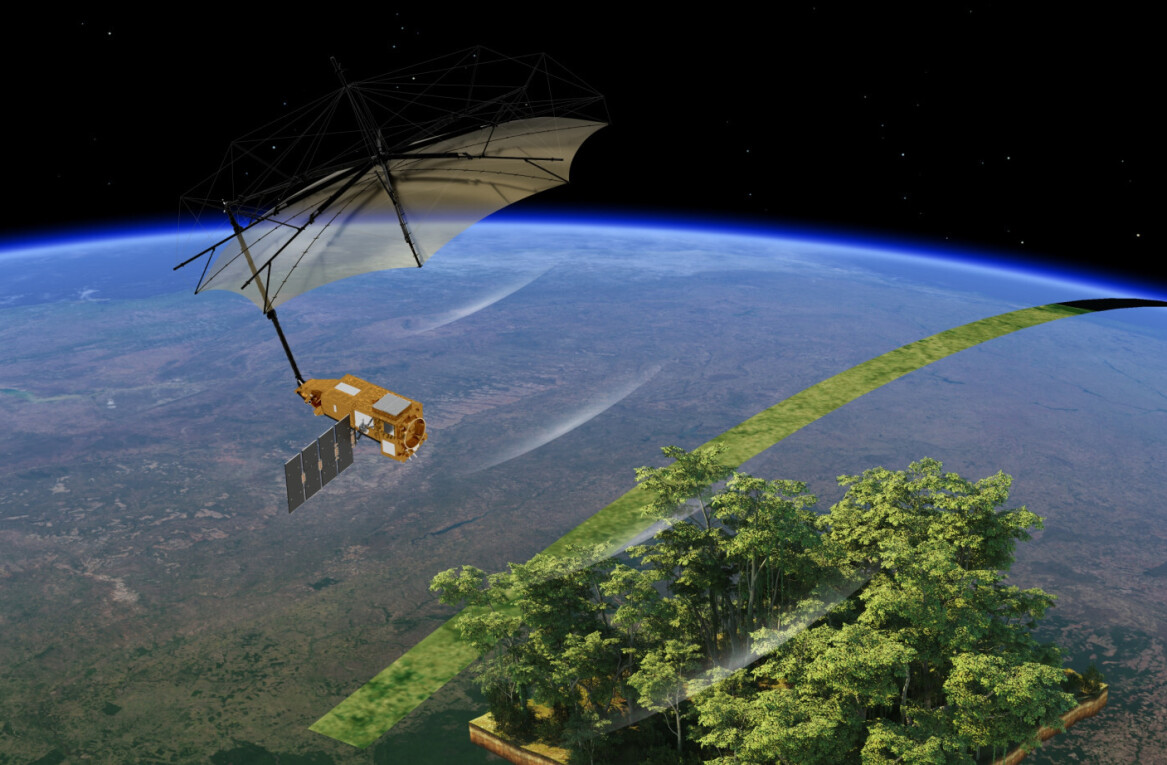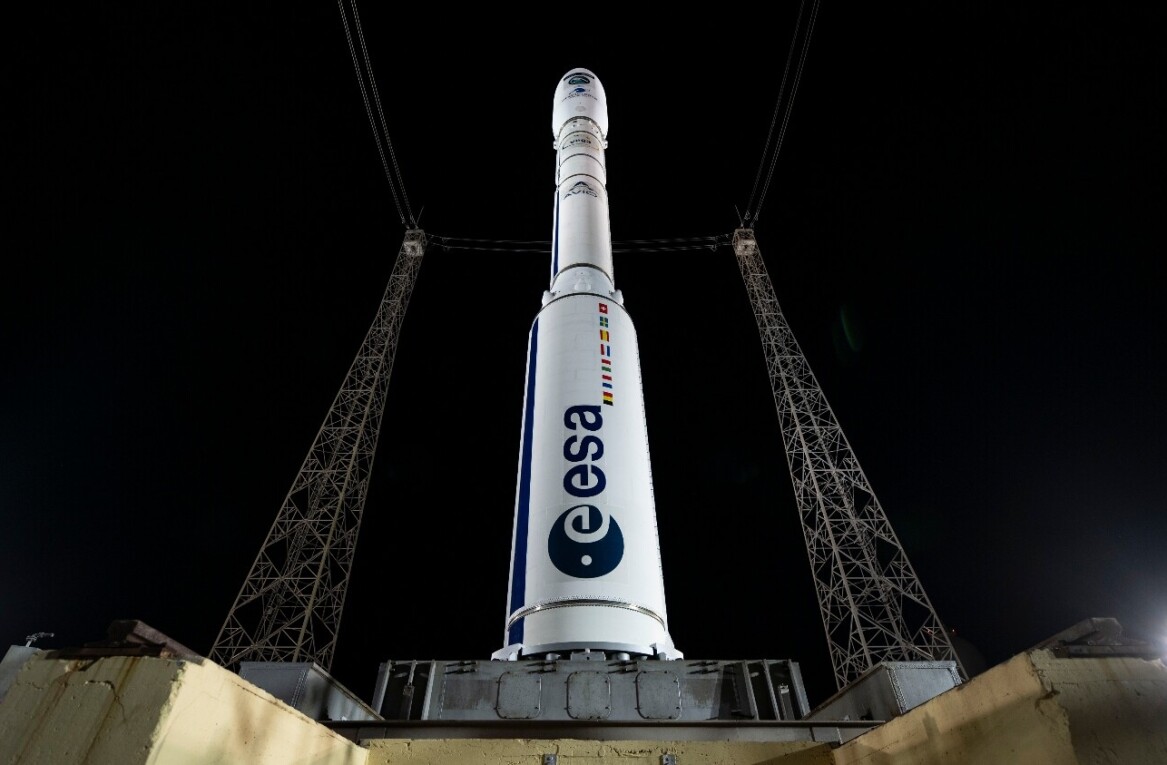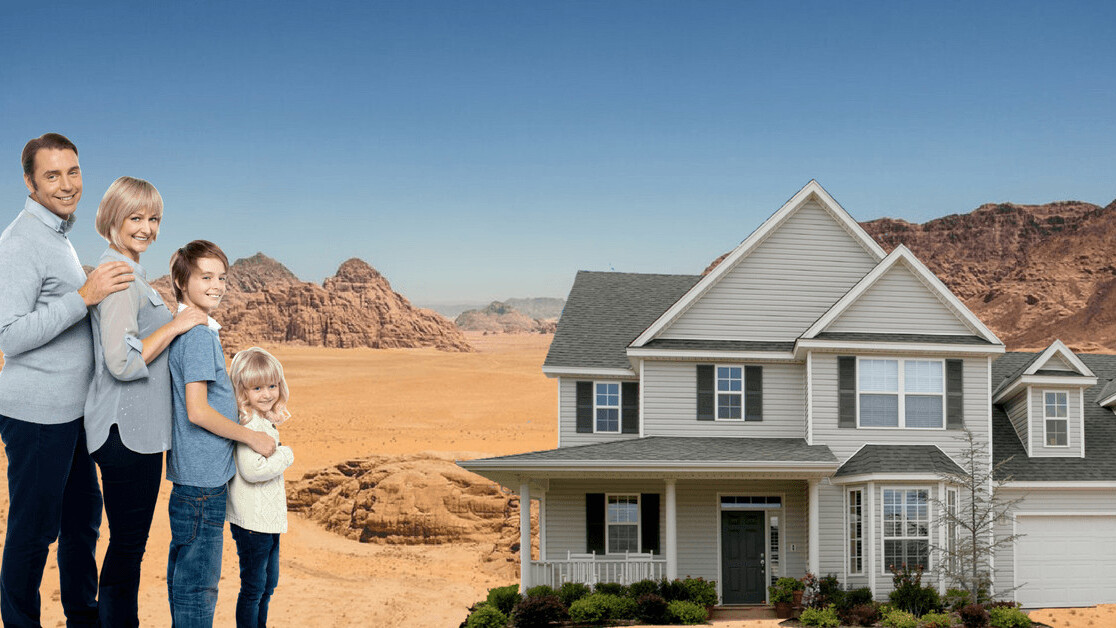
If you had to live the rest of your life on Mars, what would you miss the most?
Figuring out how we could we be comfortable living on the red planet is a challenge but with increasing discussion about how to send people to Mars with the ultimate aim of colonizing the planet, how to replace the sensation of the sunshine on your face or the grass beneath your feet is prescient one.
Luckily there is no shortage of expertise. On May 16, 2018, I organized a workshop at the University of Bristol in collaboration with local artists Ella Good and Nicki Kent to come up with a plan for building a Martian house here on Earth.
The project is part of a large-scale public art work, with a plan to designing the house before building it in 2019. We have already identified five key things to do, taking inspiration from research facilities such as Biosphere 2 and the Mars Desert Research Station in Utah, US.
1. Create privacy – and purpose
To build a house for Mars, we are working with the architecture firm Hugh Broughton Architects, designers of the Halley VI British Antarctic Research Station.
They say that the need for privacy and personal space in such a small living space is critical. This is an issue already experienced by those living in other small habitats.
To best address this, a house on mars would have to have small private spaces within a small house and the houses could be grouped in clusters.
In addition to a design that builds in personal space, having a purpose, task or gainful employment will be a key issue when it comes to the psychology of inhabitants.
We know this from those who have migrated to any new home in another place (either willingly or unwillingly). On Mars, this could anything from geology to botany or maintaining equipment.
2. Minimize waste
Another key to space habitat design is to stay “closed loop”. This means that as much as possible should be renewable or recycled: energy, fuel, food and waste. Living in space – and on Mars – is all about living efficiently.
The parallel here with the technology that is already proving useful in the developing world is striking: we will need to grow food, explore and experiment, while recycling air, water and waste with as little energy as possible.
Places that demonstrate living with scarcity, such as refugee camps, might actually help us come up with ideas for power systems and waste disposal that could be used on another planet.
Solar power and composting made from treated human waste are good examples of closed loop techniques.
3. Find local building material
As for how to actually build the house, James Norman’s work as a civil engineer on different types of Earth constructions suggests that “Earth bagging” – a technique which uses local soil to fill sturdy sacks to build cheap but stable structures – may be the ideal method as launching building material from Earth would be prohibitively expensive.
Bob Myhill, a geologist from the University of Bristol working on NASA’s Mars InSight lander, confirmed that the method could provide the thick radiation shield needed on Mars with local materials.
4. Create greenery
One thing that we are likely to miss on Mars is greenery, so recreating it through a technique known as “terraforming” may become important. Luckily we know it would be possible to assemble Earth-type ecosystems from component species.
For example, botany research on our own planet has investigated how to set up copies of ancient woodlands.
Such facsimile ancient woodlands may ultimately teach us how to construct complex biological communities when we venture further afield.
5. Design familiar sensory experiences
![]() As for the familiar sensory experiences that we would all miss if we had to leave Earth behind, perhaps augmented reality could help? Recent research shows the importance of sensory aspects of environments for human health and well-being.
As for the familiar sensory experiences that we would all miss if we had to leave Earth behind, perhaps augmented reality could help? Recent research shows the importance of sensory aspects of environments for human health and well-being.
According to Bristol cognitive neuroscientist, Ute Leonards, the environments we build directly impact our ability to function. Augmented reality – plants, water features and circadian rhythms – could all help create environments that support people’s embodied selves. This may help us survive emotionally in this brave new world.
Lucy Berthoud, Senior Lecturer in Space Systems Engineering, University of Bristol. This article was originally published on The Conversation. Read the original article.
Get the TNW newsletter
Get the most important tech news in your inbox each week.
